A Wayback Machine for Early 20th Century Tunes
The Internet Archive has a surprisingly deep collection of records made of insect secretions.
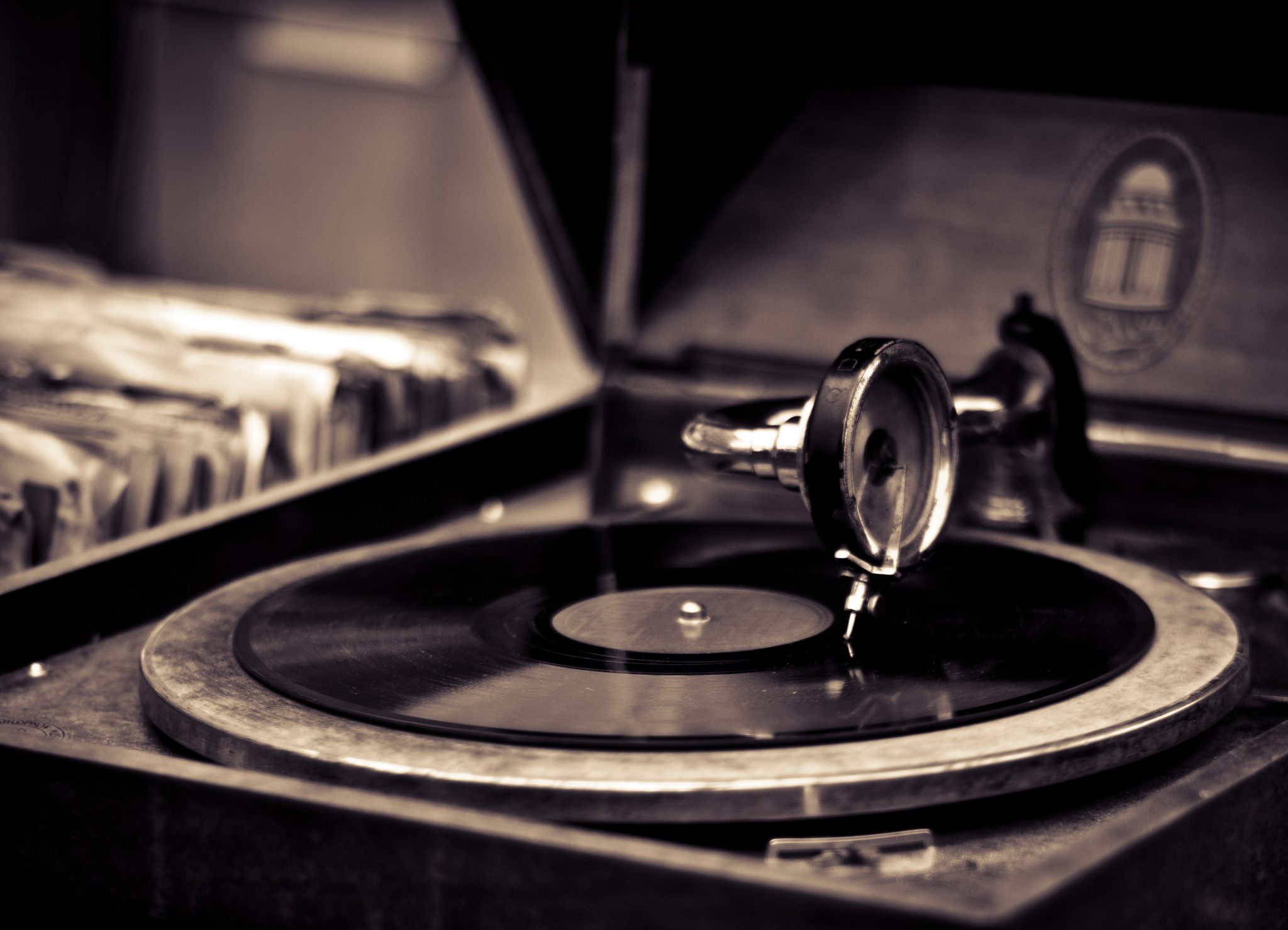
The Internet Archive’s name can be a little misleading. Sure, it’s preserving large swaths of the internet with its Wayback Machine and you can still play Oregon Trail online with its MS-DOS emulator, but it’s also archiving physical media that never lived on any server, even as it transfers the contents into its massive digital bank. The nonprofit digital library has an impressive collection millions of books and about 200,000 shellac discs engraved with rare music from the early 20th century.
“We’re trying to make sure the physical object is saved, as well as the digital, because we don’t know which will last longer,” says B. George, the sound collections curator at the Internet Archive. “When information disappears digitally, it’s gone forever.” If you’ve ever had a hard drive crash, you know this all too well. Storing and preserving the physical media behind all of that information—if it exists—is one way to future-proof the archive. We may someday lose the ability to digitally play back certain file formats (though the Archive is working on that, too), but we’ll always be able to cobble together a machine with a needle and a horn that can play a record, if you can keep that record in good shape.
The shellac discs in the Archive’s Richmond, California, warehouse are the precursors to the 12-inch vinyl records that became popular in the mid-20th century. Invented by Emile Berliner in 1887, the discs came in different sizes and materials, including rubber, until the industry eventually settled on 10-inch discs made of shellac that were played on gramophones (originally Berliner’s patented variation on Thomas Edison’s phonograph) at 78 revolutions per minute, with about three minutes of music on each side. By today’s audiophilic standards, these “78s” sound pretty rough, with plenty of hissing, clicks, and crackling. The shellac, a resin produced by the lac insect native to parts of Asia, was mixed with fillers, including finely ground rock, to make the fragile records a bit more durable and affordable. The fillers don’t do much for playback quality, though, and the earliest 78s sound much worse than ones produced later, when companies had refined their filler mixtures. Finding pristine 78s made with high-quality fillers is hard, but listening to them, says George, “can be quite wonderful.”

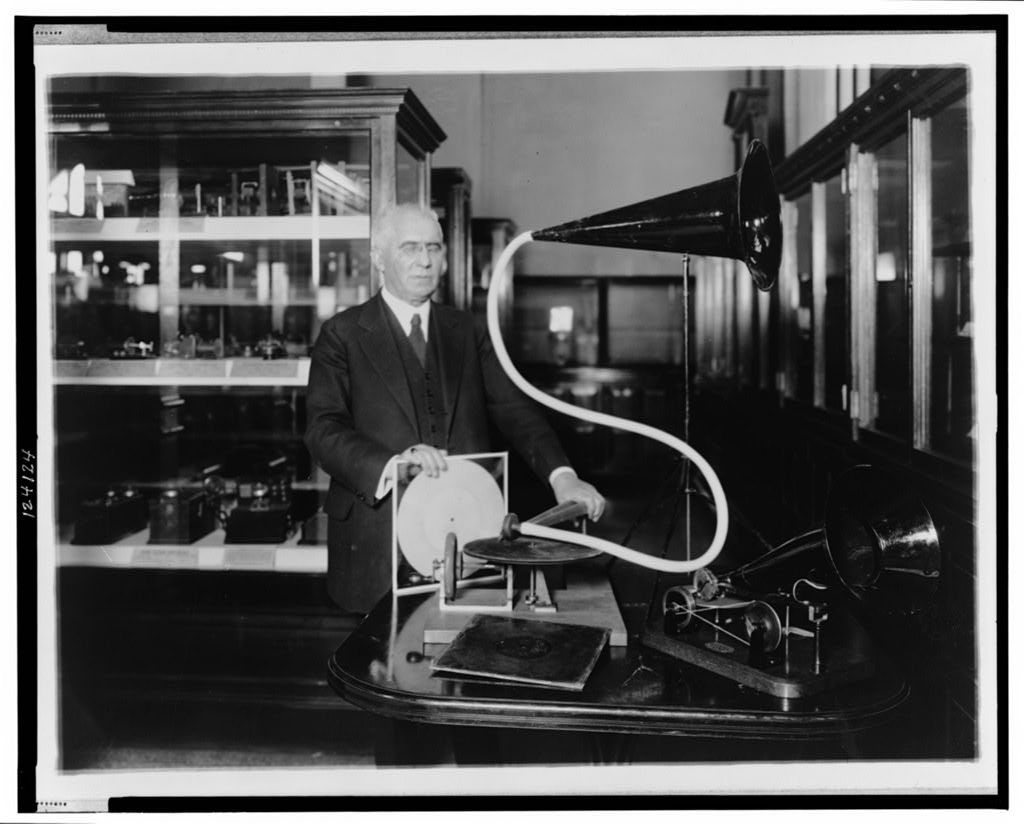
Storing and preserving 78s is a big challenge. While shellac is a high-quality resin—still used today in woodworking and in food, where it shows up on labels as “confectioner’s glaze”—it’s also incredibly brittle. To avoid breakage, volunteers sorting through the Internet Archive’s collection don’t pick up more than a few at a time. The age of the records doesn’t help, and neither does the dirt and dust that have accumulated on some of them over the decades.
To preserve the music of the 78s in case their grooves degrade, and to make them widely available for listening, the Internet Archive sends the discs to a digital archiving company in Philadelphia, George Blood L.P., that specializes in rare and unusual media. A turntable with four styluses—each a different size to pick up the sound in a distinct way—transfers the music to a computer, and all the recordings are then uploaded to the Archive’s website. The 78s are then shipped back to California, where they’re stored in special sleeves and boxes in the warehouse.
Preserving 78s is especially important because “you’re capturing an era,” says George. Those delicate discs contain important recordings that capture the evolution of music in the early 20th century, including rare jazz and blues, old hillbilly, and some of the earliest examples of rock ‘n’ roll. “The pop stuff and the big bands and all those were done in such quantities that they’ve usually been transferred to different mediums, but those fringe recordings usually haven’t,” he adds. And it’s not just fringe recordings that got left behind. George points to Aileen Stanley, one of the most popular singers of the 1920s, who sold some 25 million records. Now she’s not widely known, and her music can only be found on rare 78s.
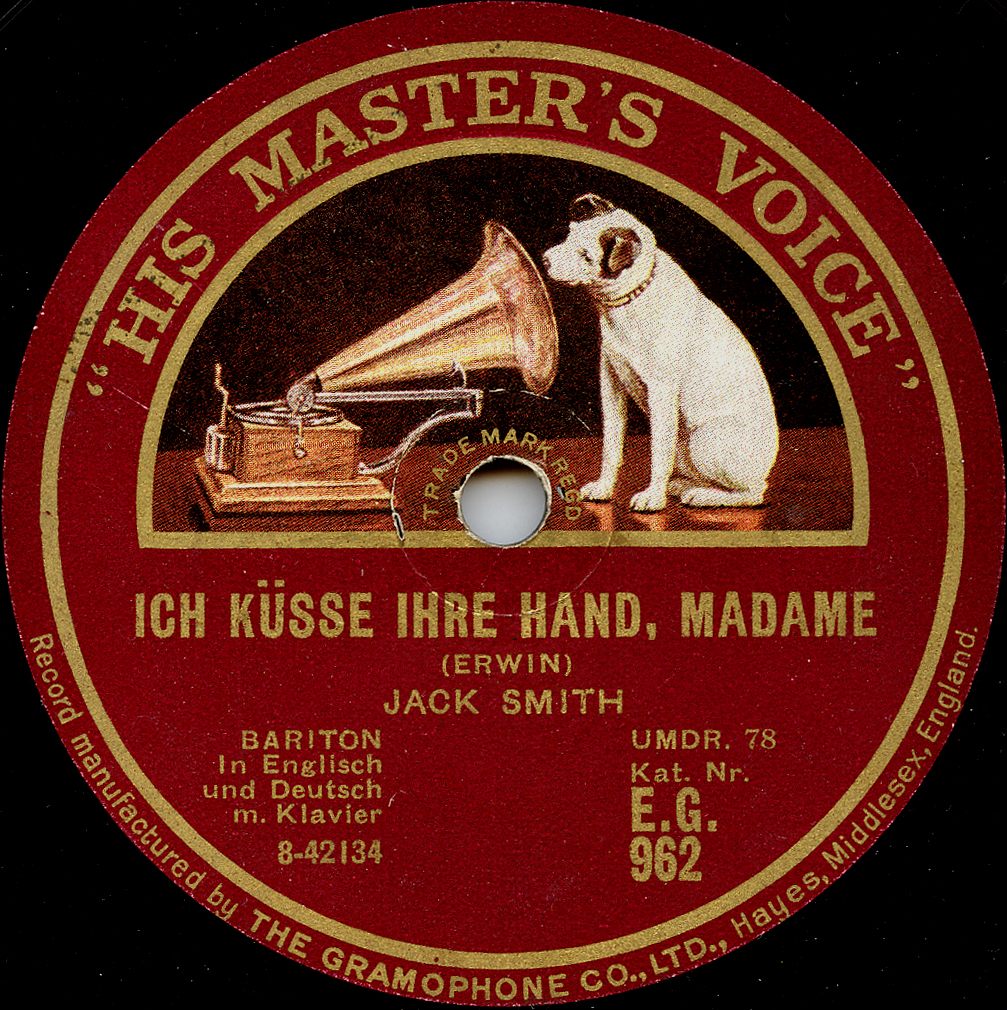
The fate of Stanley’s music is shared by many recordings each time a new medium overtakes another. Just as many recordings never made it to vinyl, many vinyl records never got transferred to cassette. “All of these things have about the same life,” says George, and every 30 to 35 years a new technology comes along to deliver music in a more convenient form. MP3s were developed in the mid-1990s, but George isn’t sure they’ll be around nearly as long as 12-inch vinyl LPs have. “How we get music will go through another change,” he says, and in his mind, body modification is going to be part of the future: “People will have tattoos that will give them drugs and music at the same time.” How we’re going to preserve those sounds is anyone’s guess.







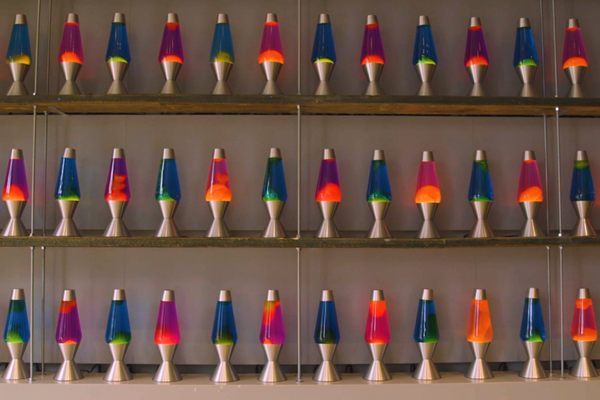


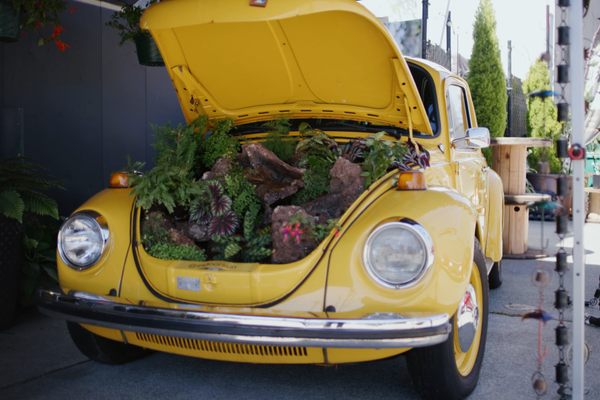










Follow us on Twitter to get the latest on the world's hidden wonders.
Like us on Facebook to get the latest on the world's hidden wonders.
Follow us on Twitter Like us on Facebook